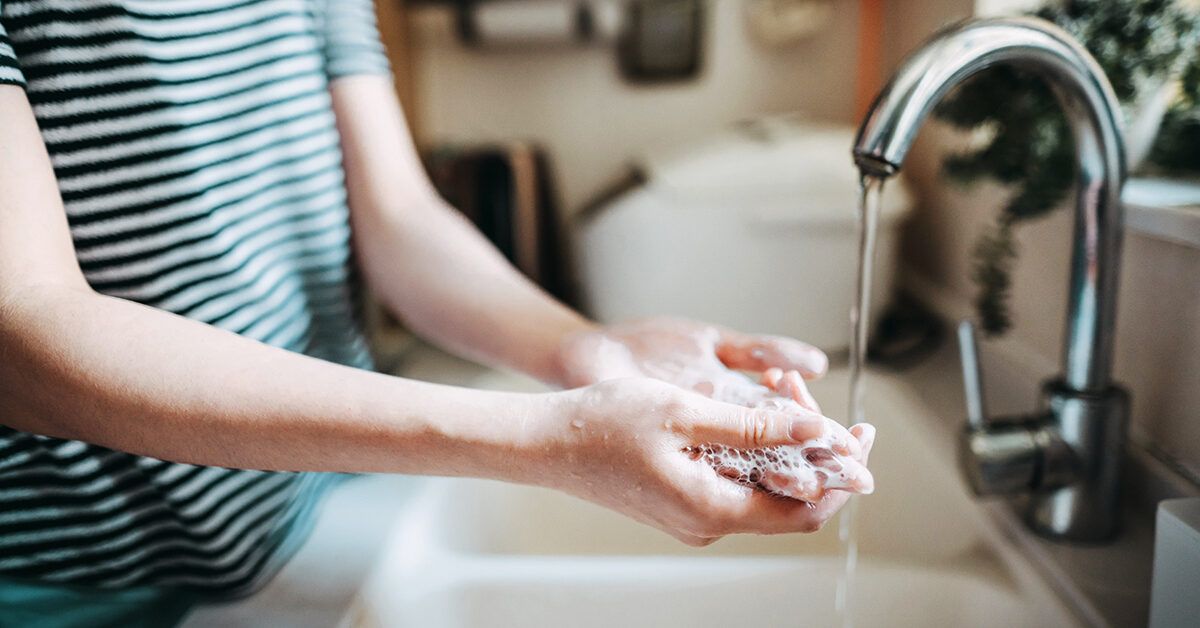Play all audios:
Sharps injuries create the possibility of direct exposure to another person’s blood. It’s important to follow protocols afterward to ensure your safety. An accidental needlestick injury can
happen in an instant. These types of injuries, also called “sharps injuries,” happen when a needle or another sharp object punctures your skin. These injuries are most common in medical
workplaces, but they happen in other settings, too. Following best practices after a needlestick injury is incredibly important. Sharps injuries can often heal on their own, but they do
require you to follow a post-injury protocol for your protection. That’s because these types of injuries can increase your risk of blood-borne infections, including hepatitis B and HIV.
Let’s go over what to do right after you’ve experienced a needle injury, as well as the next steps to prevent further complications. Accidental needlestick protocol and first aid If you’ve
experienced a needle injury, the Centers for Disease Control and Prevention (CDC) recommends the following guidance: * Wash any cuts or needlesticks with soap and water right away. * If any
water splashes on your nose, mouth, or skin while cleaning your injury, clean that area off, as well. * If water splashes into your eyes while cleaning the injury, use saline or sterile
water to rinse your eyes with clean hands. * If you are in a work environment or medical setting, alert a supervisor as soon as possible. If you’re in a medical setting, you should
prioritize getting the immunization and health history of any person whose blood was on the instrument that injured you. Your employer may recommend or require that you take a course of
preventive medication for HIV (post-exposure prophylaxis, or PEP) and hepatitis B. What diseases can be transmitted through needlestick injury? Any time you’re exposed to another person’s
blood, there’s a risk that you may contract disease-causing agents of blood-borne diseases, including: * HIV * hepatitis C * hepatitis B * measles * varicella (chickenpox) * herpes * malaria
* tuberculosis * bacterial infections WHAT ARE THE CHANCES OF GETTING A DISEASE FROM A NEEDLESTICK? Nurses and other healthcare workers are at the highest risk of contracting a
disease-causing agent from a sharps injury. With that being said, the risk of contracting an agent responsible for a blood-borne illness from an accidental needlestick is relatively low. It
also varies according to which disease-causing agent is contaminating the needle. According to the Occupational Safety and Health Administration (OSHA): * If a needle is confirmed to be
contaminated with the hepatitis B virus, there is still only a 6 to 30% chance of infection for the injured person. However, in the United States, most medical institutions require
vaccinations for hepatitis B, negating this concern. * If a needle is contaminated with HIV, there is a .3% of infection for the injured person. * If a needle is contaminated with the
hepatitis C virus, the risk of infection from a contaminated needle is 1.8%. HOW COMMON ARE ACCIDENTAL NEEDLESTICKS? Workplace safety protocols and sharps safety education have decreased the
number of sharps incidents that happen each year. However, these types of injuries still frequently happen. It’s estimated that 600,000 to 1 million needlestick injuries occur annually.
It’s hard to know exactly how common these injuries are since it’s also estimated that only 10% are reported. What tests are done after a needlestick injury? The protocol after an
accidental needlestick injury may differ according to your workplace and the specifics of your injury. You may be required to get additional testing done if the person whose blood you were
exposed to has a confirmed blood-borne illness. The standard testing protocol for almost all needlestick injuries includes: * hepatitis B * hepatitis C * HIV * syphilis HOW LONG AFTER A
NEEDLESTICK INJURY SHOULD YOU GET TESTED? If you’ve contracted a disease-causing agent of a blood-borne illness from a sharps injury, antibodies will not show up in your blood right away.
For that reason, it’s advised that you wait several weeks from the date of your exposure before getting tests performed. You might have to have a few rounds of testing before you’re cleared
of any possible transmission. The CDC recommends the following testing schedule: * HEPATITIS B TESTING: 1–2 months after exposure * HEPATITIS C TESTING: 4–6 months after exposure (or
earlier, if desired) * HIV TESTING: administered at 6 weeks, 3 months, and 6 months WHAT IS THE MOST COMMON CAUSE OF NEEDLESTICK INJURY? Most needlestick injuries happen in medical
environments. Common causes of these types of injuries include recapping needles after use, improper needle disposal, and placing needles in unexpected places after use. How to prevent
accidental needlestick injuries Following best practices can reduce your chance of a needle injury. Steps you can take include: * taking a blood-borne pathogens training course * disposing
of needles appropriately in designated sharps containers * use needles equipped with safety features * avoid using needles when another approved way of delivering a medical treatment is
available * only use one needle and syringe per patient at a time * always dispose of sharps in the same way * never leave uncapped sharps unattended Takeaway Accidental needlestick
injuries are still fairly common, though educational campaigns and improving technologies have driven their number down in recent years. If you’re injured by a needlestick, you should
cleanse the area immediately and get the medical history of the person whose blood you’ve been exposed to. Most sharps injuries do not result in disease-causing agent transmission. However,
you cannot assume that you’re in the clear. Report any needlestick injury to your work supervisor and follow their protocols. You may need to take preventive medication and undergo
observation and testing for the next few months following the injury to make sure you have not been exposed to a disease-causing agent of a blood-borne illness.

